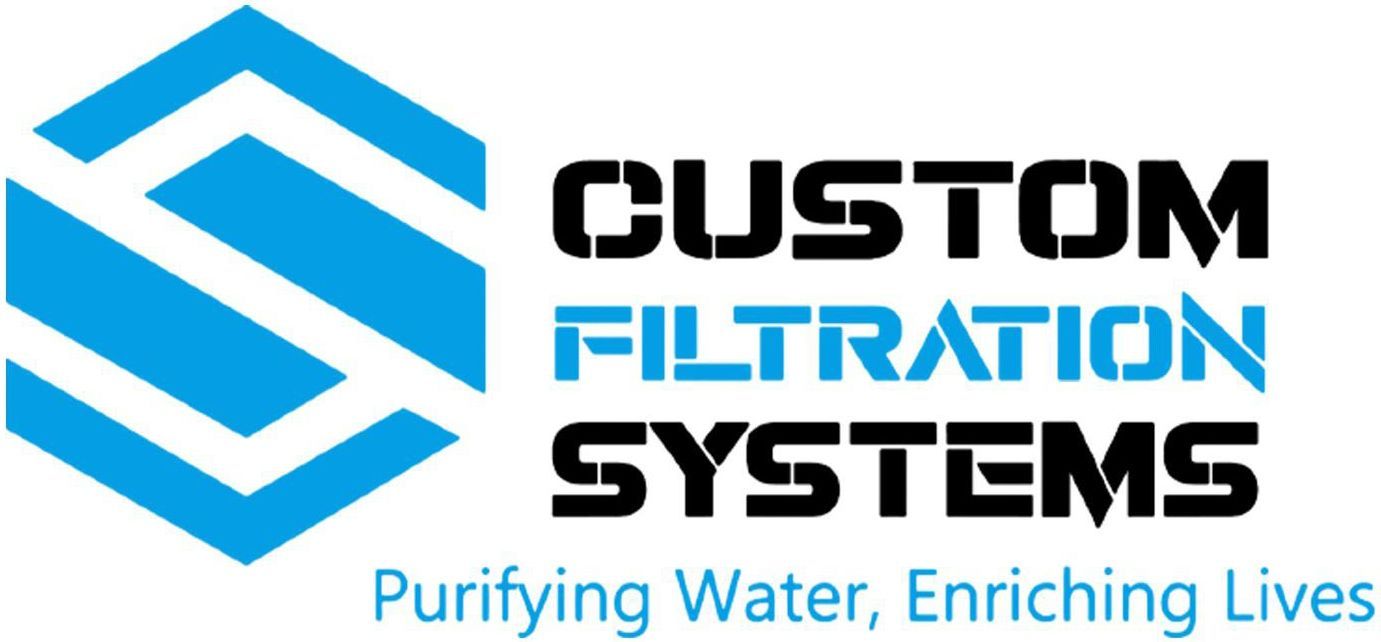Serving Houston, TX & Surrounding Areas
All Water Systems Are Built Locally & Texas Tough
Call Us Today! 346-405-0057
Call Us Today! 346-405-0057
Water Test
Our most important safety concern is keeping water free from organisms that cause disease, namely coliform bacteria, parasites and viruses. Coliform testing is required by law (Safe Drinking Water Act) and is routinely performed on all public drinking water systems. Drinking water can also undergo USP testing and chemical assessments that can have detrimental health effects, including lead, copper, iron and radionuclides. Once water is known to be safe, it should be clear, odor-free and pleasant tasting. The unique aspect of Water Test, is that most test results are available within 24 hours from our certify testing companies. This quick availability aids in expediting home closings as well as giving you peace of mind in knowing your water is safe to drink. The United States Environmental Protection Agency (USEPA) recommends testing private well water yearly for bacteria and nitrates. By testing your water annually, you safeguard your family against consuming contaminated water, do you want to know what's in your water? SCHEDULE A BACTERIA TEST!
Coliform Bacteria
Coliform bacteria are a collection of microorganisms that are found in soil, surface water, vegetation, and animal waste. Coliform bacteria cause no observable odor, taste, or color change in water. Testing is the only way to determine if they are present. This is why it is important to have your water tested yearly. Coliform bacteria are reliable indicator organisms for testing water quality because they travel with disease producing organisms. The presence of coliform bacteria in water usually indicates that the water is unsuitable for drinking. A thorough chlorination process must be followed to eliminate the bacteria from the well. The water should then be re-tested to confirm the presence or absence of bacteria
E.coli Bacteria
One group of coliform bacteria, fecal coliforms, is associated with human and animal waste. E.coli is a type of fecal coliform bacteria found in the intestines of both humans and animals. Some species of E.coli can cause health-related problems. Testing for total coliform bacteria is a reliable indicator for testing water quality because they travel with disease producing organisms. Waterborne transmission occurs through swimming in contaminated lakes, pools, or drinking contaminated water. The primary source of E.coli contamination in well water is the ground and soil around the well. The presence of E.coli in water is an indication of recent sewage or animal waste contamination. Water contaminated with E.coli is unsuitable for drinking. This is why it is important to have your water tested yearly. If E.coli bacteria are present, a thorough chlorination process must be followed to eliminate their presence from the well. The water should then be re-tested to confirm the presence or absence of bacteria.
Lead
Lead is a metal found in natural deposits as ores containing other elements. It is sometimes used in household plumbing materials or in water service lines used to bring water from the main to the home. The main source of lead in drinking water is from corrosion of household plumbing systems. Lead and its compounds are poisonous and accumulate in the bone structure when ingested in amounts exceeding the natural elimination rate of about 300 ug per day. Accumulation of significant amounts of lead in the body may cause severe and permanent brain damage, convulsions, and death. The EPA recommended limit for lead is 0.015 mg/L.
Total/Free Chlorine
Chlorine is the prevailing choice for disinfection and biofouling control of drinking water, waste water, industrial water conditioning and swimming pool water. Too much chlorine can be as harmful as too little, so chlorine must be monitored carefully. High quantities of chlorine can cause health-related problems. The level of chlorine residual for drinking water must be checked regularly. Monitoring chlorine residual is essential for successful and efficient chlorination. A minimum free chlorine residual of 0.2 mg/L should be sufficient to maintain disinfection. Chlorine residual over 1.0 mg/L is too high and leaves a bad taste in the water.
Hardness
Water hardness is caused almost entirely by calcium and magnesium ions. The amount of these ions and the amount of time the water stays in contact with them determines the water hardness level. Hard water causes scale formation in boilers, boiler feedwater heaters, feed lines, and economizers. In cooling water systems, scale will develop in heat exchange equipment and wherever water circulates and is exposed to a temperature change. Hard water also causes “soap curd” on fixtures, tile, dishes, and laundry. The water also has a low sudsing characteristic. Hard water aggravates dry skin conditions, takes the shine out of hair, and clings to skin. Water hardness is measured in grains per gallon. Hardness is measured as follows: Soft water is 0-1 GPG; Slightly hard water is 1-3.5 GPG; Moderately hard water is 3.5-7.0 GPG; Hard water is 7.0-10.5 GPG; Very hard water is 10.5 GPG & over.
Manganese
Manganese in water is a common, naturally occurring problem. It can also be introduced by industry. Manganese is usually found in combination with iron. It causes a bitter taste in water, and at concentrations above 0.05 mg/L, it causes dark scale in pipes and water heaters. High levels of manganese cause black staining of plumbing fixtures and laundry, and clogs up submersible pumps and pipes. The EPA recommended limit is 0.05 mg/L.
Our most important safety concern is keeping water free from organisms that cause disease and viruses.
Custom Filtration Systems can help you evaluate the effectiveness of these products against bacteria, molds and viruses by utilizing select AOAC, ASTM, CPSC, USP, and ISO methods.
BROWSE OUR WEBSITE
BUSINESS HOURS
- Monday
- -
- Tuesday
- -
- Wednesday
- -
- Thursday
- -
- Friday
- -
- Saturday
- -
- Sunday
- Closed
